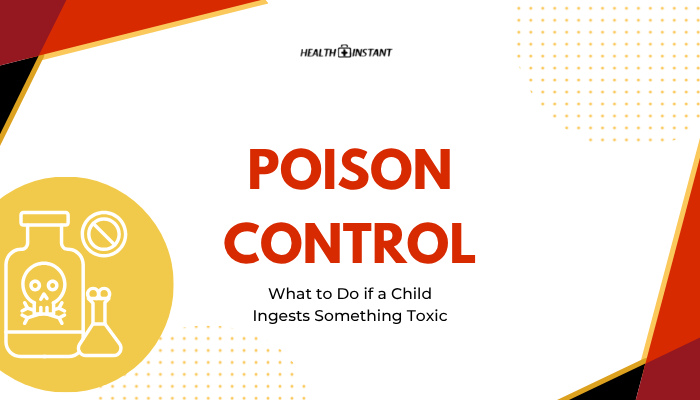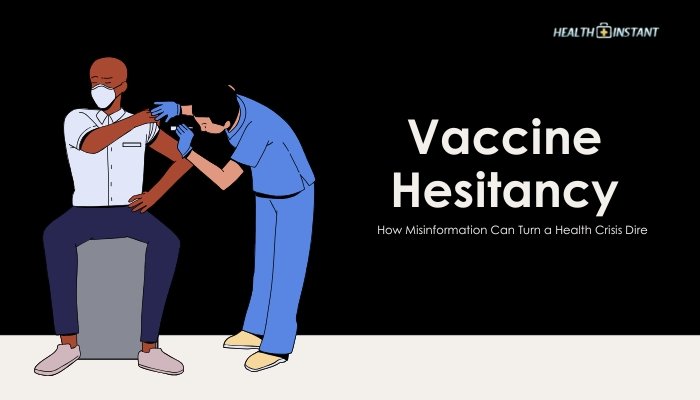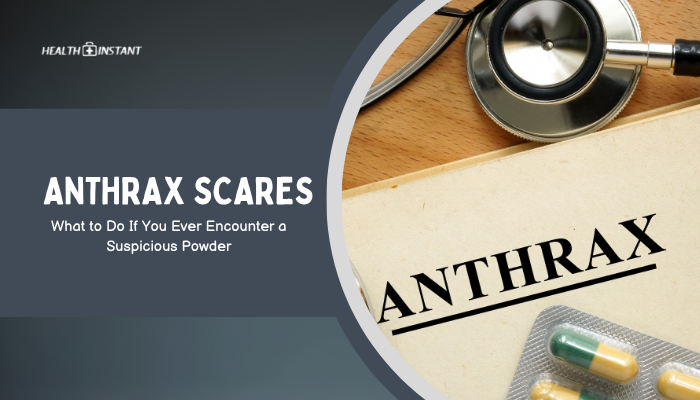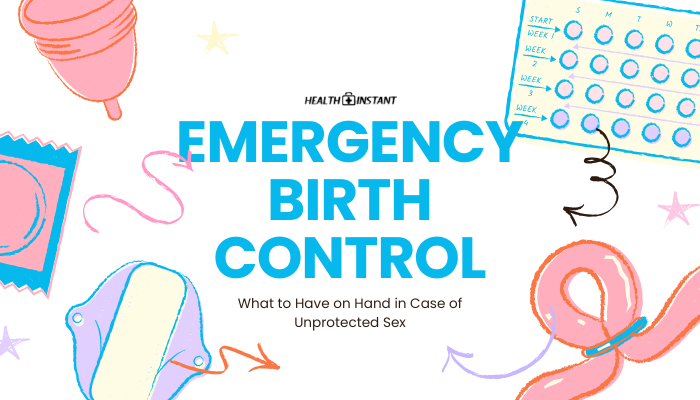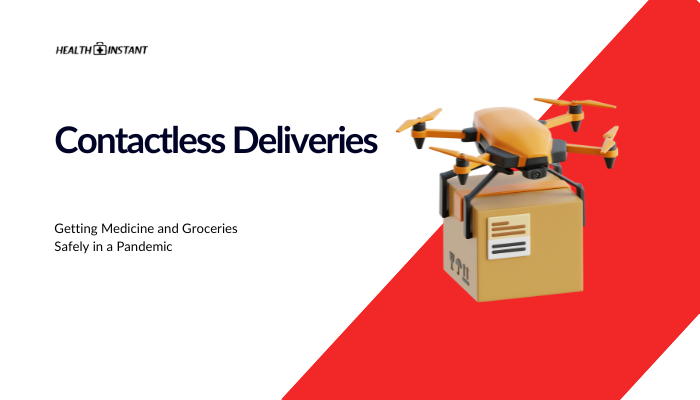Introduction
An unexpected ingestion of household cleaning supplies, medicine, or chemicals can lead to panic. But knowing how to respond immediately and effectively can save a child’s life. This guide breaks down the steps to take if you suspect poisoning—when to call poison control, how to provide first aid, and what precautions help prevent accidents in the first place.
Immediate Steps When a Child Ingests Poison
- Stay Calm
- Panicking wastes precious time. Keep composure to handle the situation calmly and effectively.
- Panicking wastes precious time. Keep composure to handle the situation calmly and effectively.
- Check the Child
- Note their behavior: Are they conscious, breathing normally, or showing distress (vomiting, confusion, difficulty speaking)?
- If they’re unconscious or have trouble breathing, dial emergency services immediately.
- Note their behavior: Are they conscious, breathing normally, or showing distress (vomiting, confusion, difficulty speaking)?
- Remove Any Remaining Substance
- If the child still has something in their mouth, gently remove or wipe it out.
- If the child still has something in their mouth, gently remove or wipe it out.
- Keep the Container
- Having the exact product label on hand helps poison control experts or paramedics identify the chemical quickly.
Common Household Poisons
- Cleaning Products: Bleach, drain cleaners, detergents.
- Medications: Over-the-counter pain relievers, prescription pills, vitamins.
- Cosmetics and Personal Care: Nail polish removers, shampoos, perfumes.
- Plants: Certain household or outdoor plants can be toxic if chewed or swallowed.
- Pesticides: Bug sprays, weed killers, or rodenticides.
Be aware of any potential hazards within a child’s reach—cupboards, low shelves, or even the floor if items spill.
Signs and Symptoms of Poisoning
Clues that a child might have ingested something toxic:
- Excessive Drooling or Foaming around the mouth.
- Nausea, Vomiting, or Diarrhea.
- Confusion or Dizziness.
- Burns or Redness around the mouth or lips.
- Chemical Smell on breath or clothes.
- Unusual Sleepiness or Unresponsiveness.
Each substance can produce different symptoms; consult professional advice for a precise diagnosis.
What NOT to Do
- Don’t Induce Vomiting unless specifically instructed by poison control. Some chemicals can cause more harm if vomited back up.
- Don’t Give Food or Drink arbitrarily. Certain liquids can exacerbate chemical burns or hamper treatment.
- Avoid Attempting Home Remedies like raw eggs, mustard powder, or any folk treatments that can delay proper medical care.
Calling Poison Control
In the United States, the universal Poison Control hotline is 1-800-222-1222. Other countries have similar centers. When you call:
- Identify the Substance
- Provide product names, ingredients, or an approximate chemical description.
- Provide product names, ingredients, or an approximate chemical description.
- Give Details About the Child
- Age, weight, symptoms, and time since ingestion.
- Age, weight, symptoms, and time since ingestion.
- Follow Instructions Exactly
- They may instruct you to dilute (e.g., give water) or not to, depending on the product.
- If they recommend going to the ER, do so without delay.
- They may instruct you to dilute (e.g., give water) or not to, depending on the product.
Preventing Childhood Poisoning
- Store Chemicals Safely: Lock away cleaning supplies, personal care items, and medications out of reach.
- Use Child-Resistant Packaging: But remember, “child-resistant” doesn’t mean “childproof.”
- Keep Labels Intact: Never transfer potentially poisonous materials into unmarked containers like soda bottles.
- Dispose of Expired Products: Minimizes confusion or accidental reuse.
- Educate Children: Teach them never to taste unknown substances or medicines without adult supervision.
When to Seek Emergency Medical Care
Call 911 or head to the hospital if:
- The child is unconscious, convulsing, or struggling to breathe.
- Poison control directs you there (e.g., if the ingestion is extremely dangerous).
- The child’s condition worsens quickly or shows severe signs like respiratory distress, significant confusion, or irregular heartbeat.
Follow-Up and Monitoring
After any poisoning incident:
- Observe the Child
- Watch for recurring or delayed symptoms (e.g., rashes, fever).
- Watch for recurring or delayed symptoms (e.g., rashes, fever).
- Doctor’s Appointment
- Follow up for potential organ damage checks, especially with known toxins affecting liver or kidneys.
- Follow up for potential organ damage checks, especially with known toxins affecting liver or kidneys.
- Maintain Contact with Poison Control
- They can provide additional instructions if needed.
Conclusion
When a child accidentally ingests a toxic substance, quick, decisive action guided by poison control can be the difference between serious harm and a safe outcome. Understanding common signs of poisoning, removing the substance, and calling for professional advice are crucial.
Proactive prevention—secure storage, child-proof containers, education—further reduces risks. Even a few small changes in your home routine can keep kids safe and give parents peace of mind.
References
- American Academy of Pediatrics. (2022). Household poison prevention guidelines.
- American Association of Poison Control Centers. (2021). National Poison Data System analysis.
- U.S. Food and Drug Administration. (2020). Medication safety and childproofing.
- Centers for Disease Control and Prevention (CDC). (2019). Home poisoning prevention tips.
Disclaimer: This information is for general guidance. Always follow instructions from licensed medical professionals or poison control centers for specific advice in an emergency.

